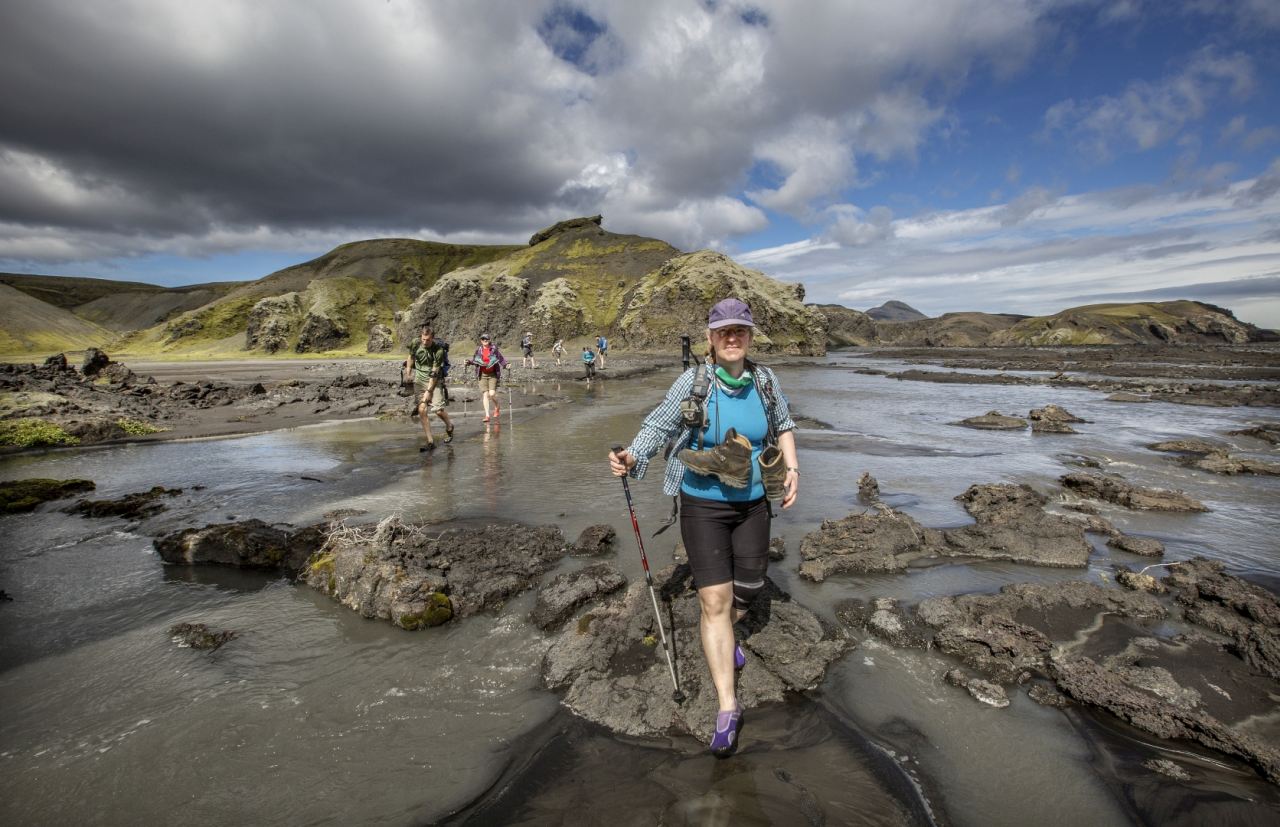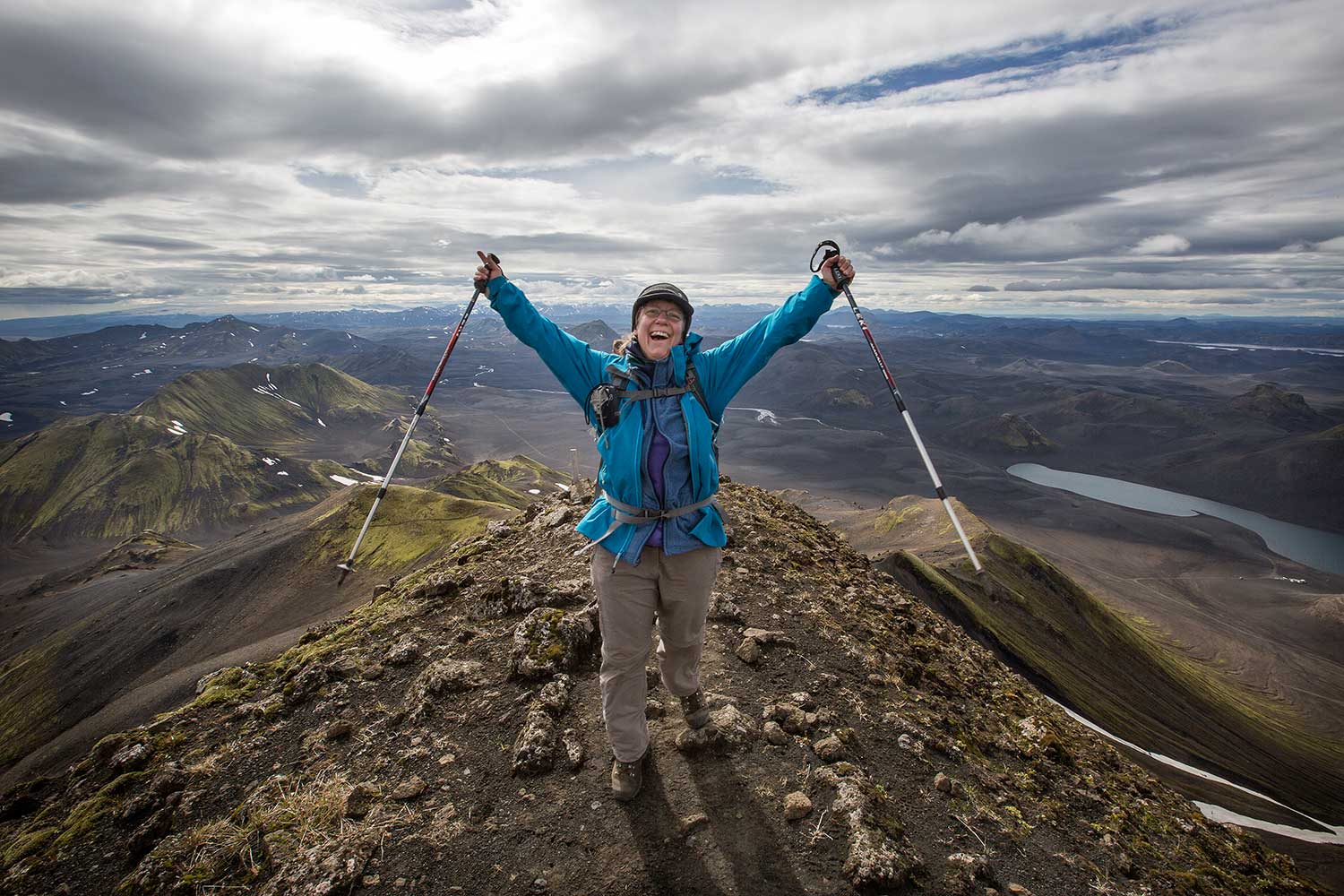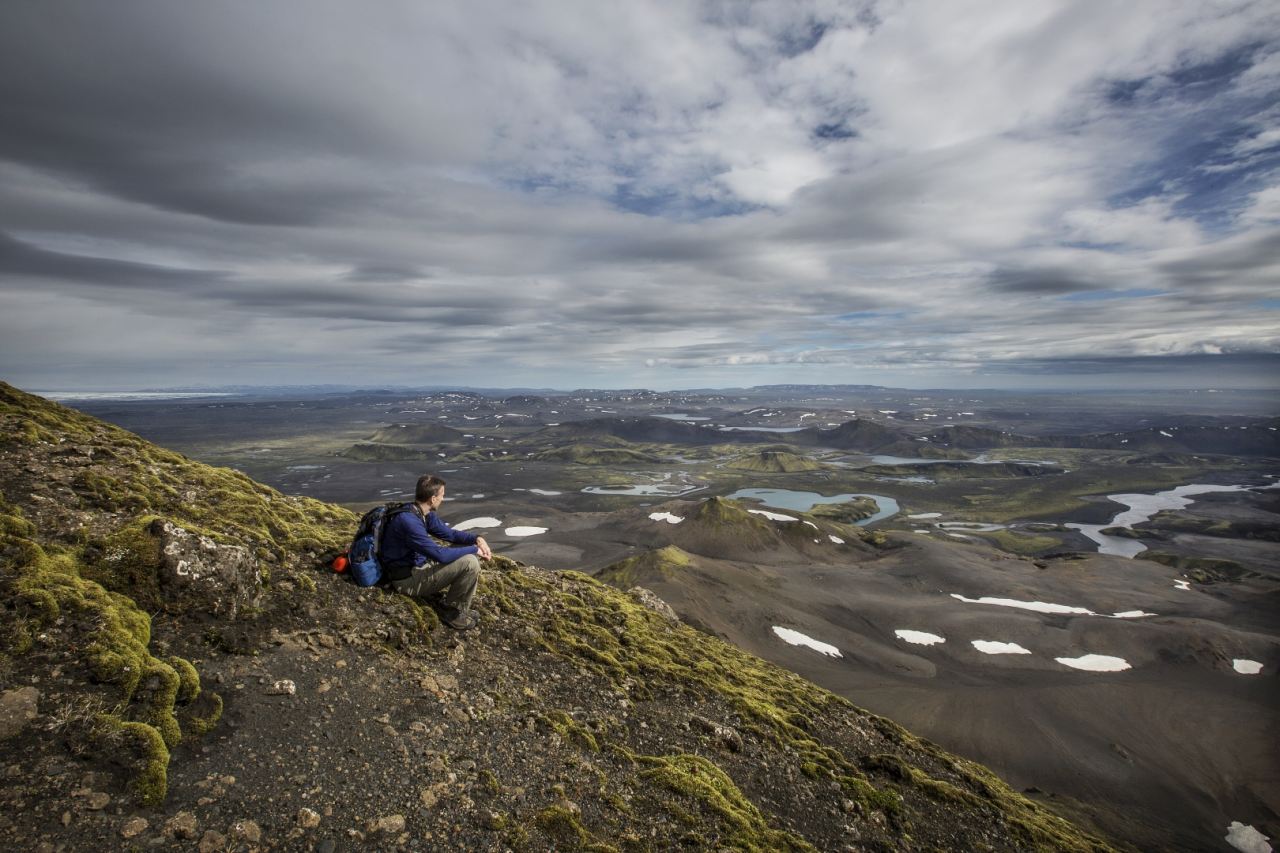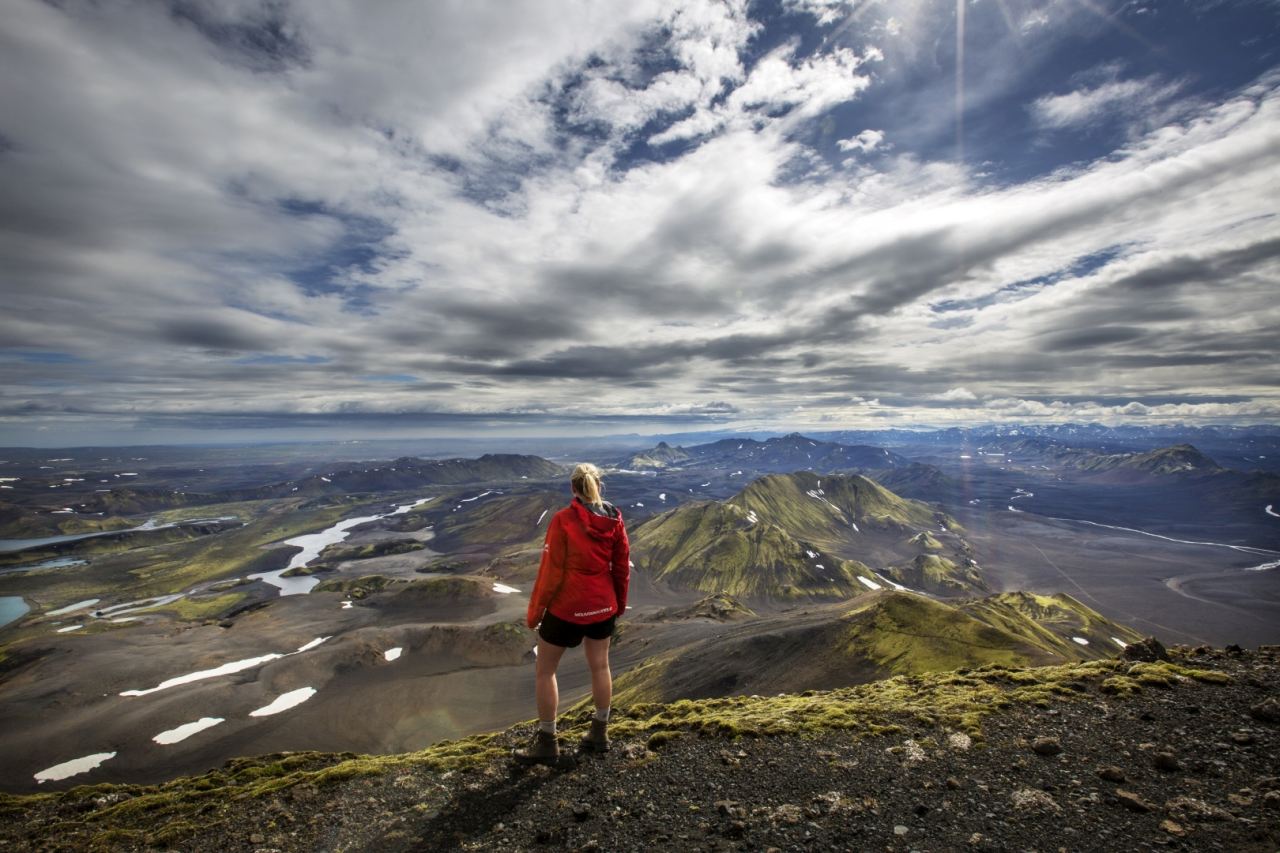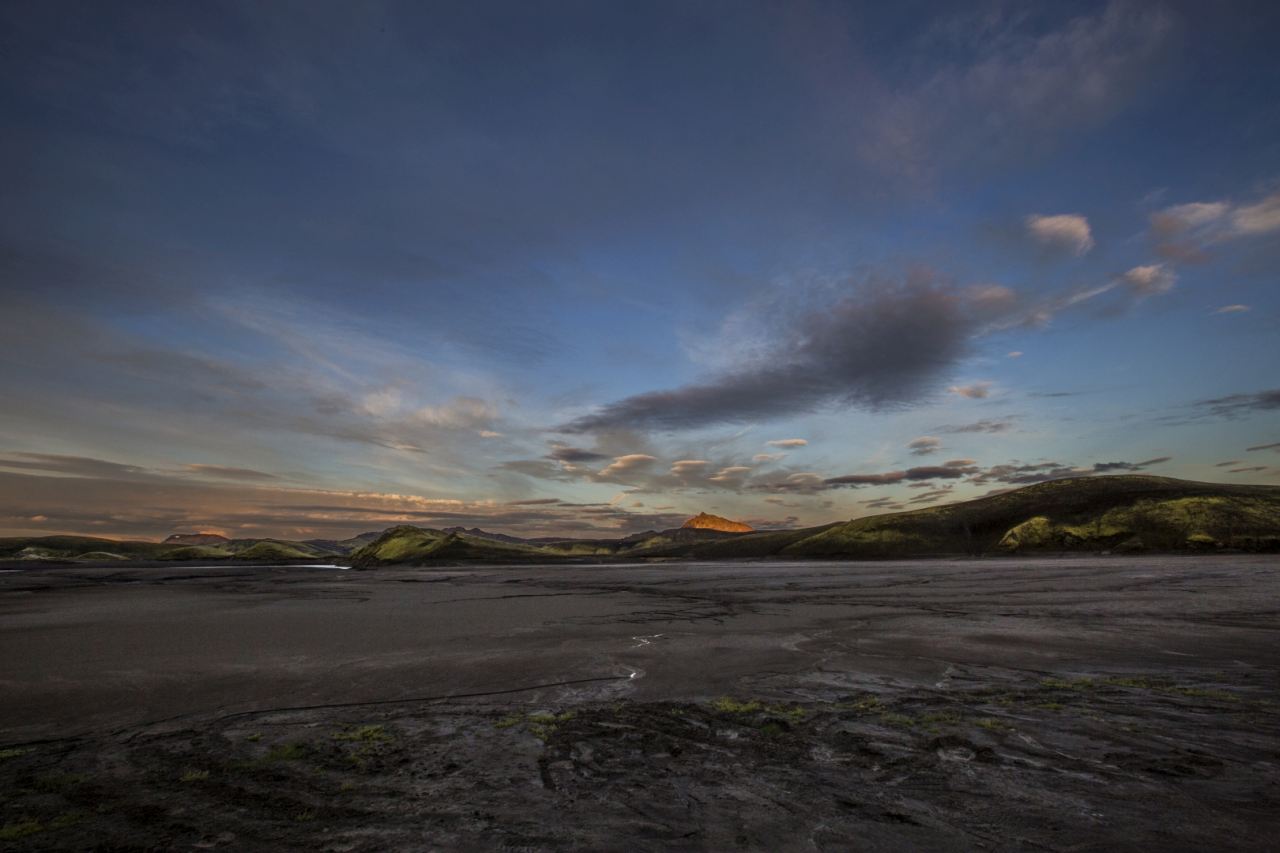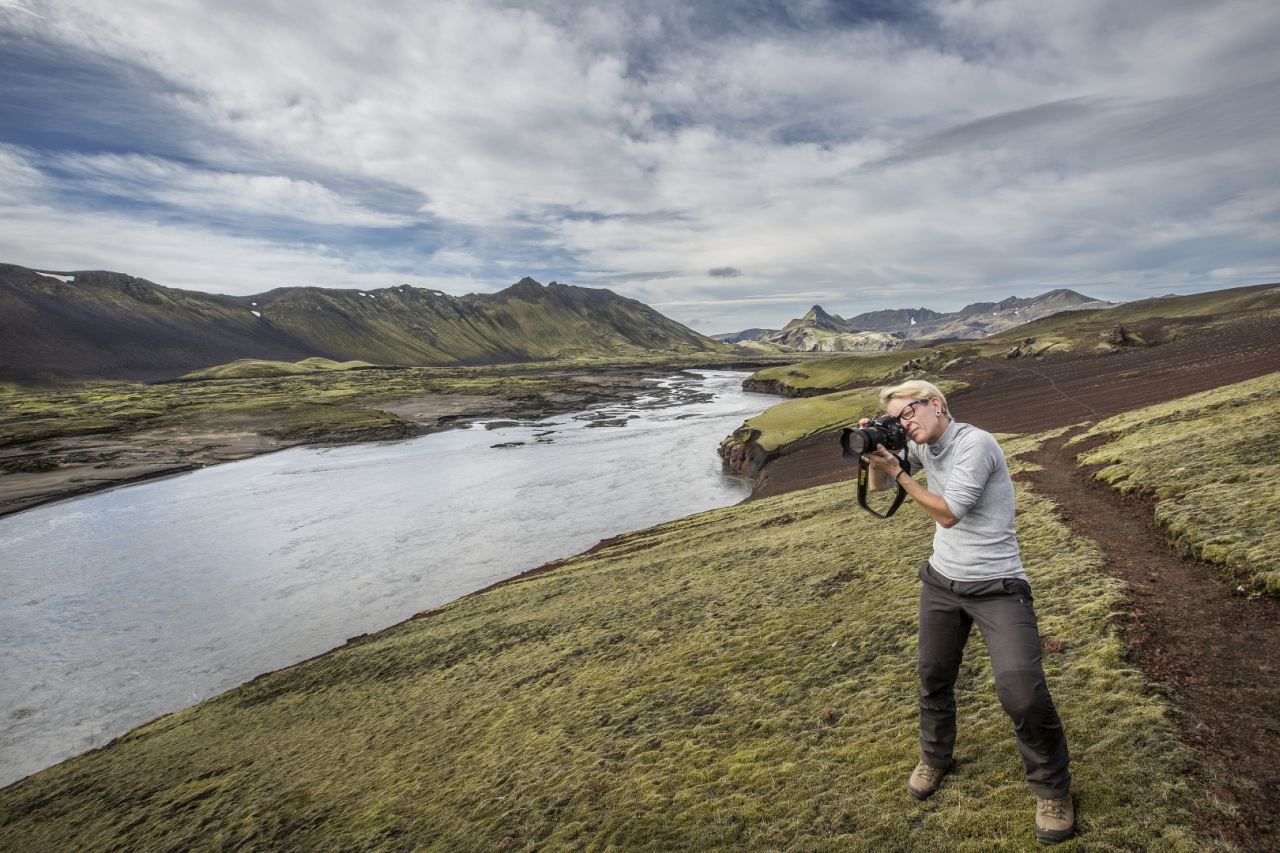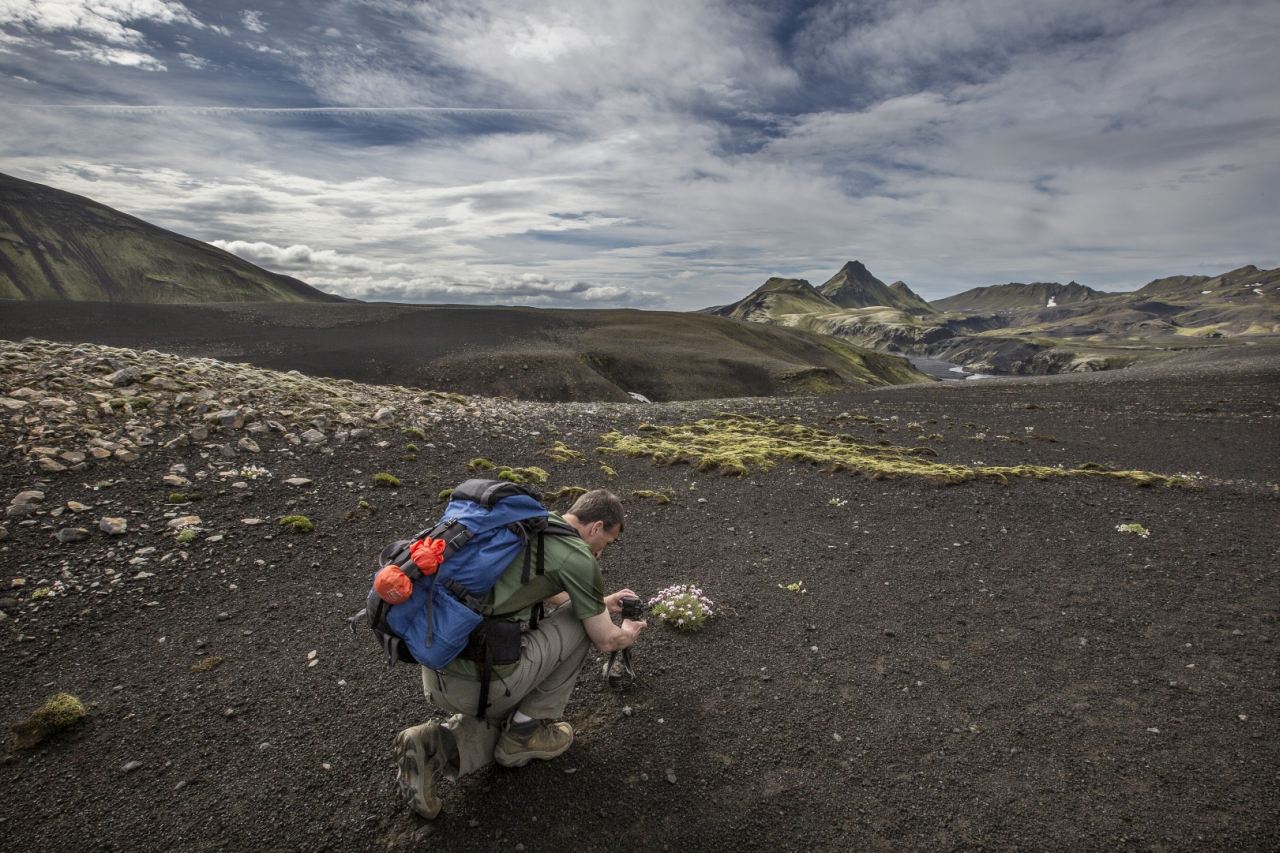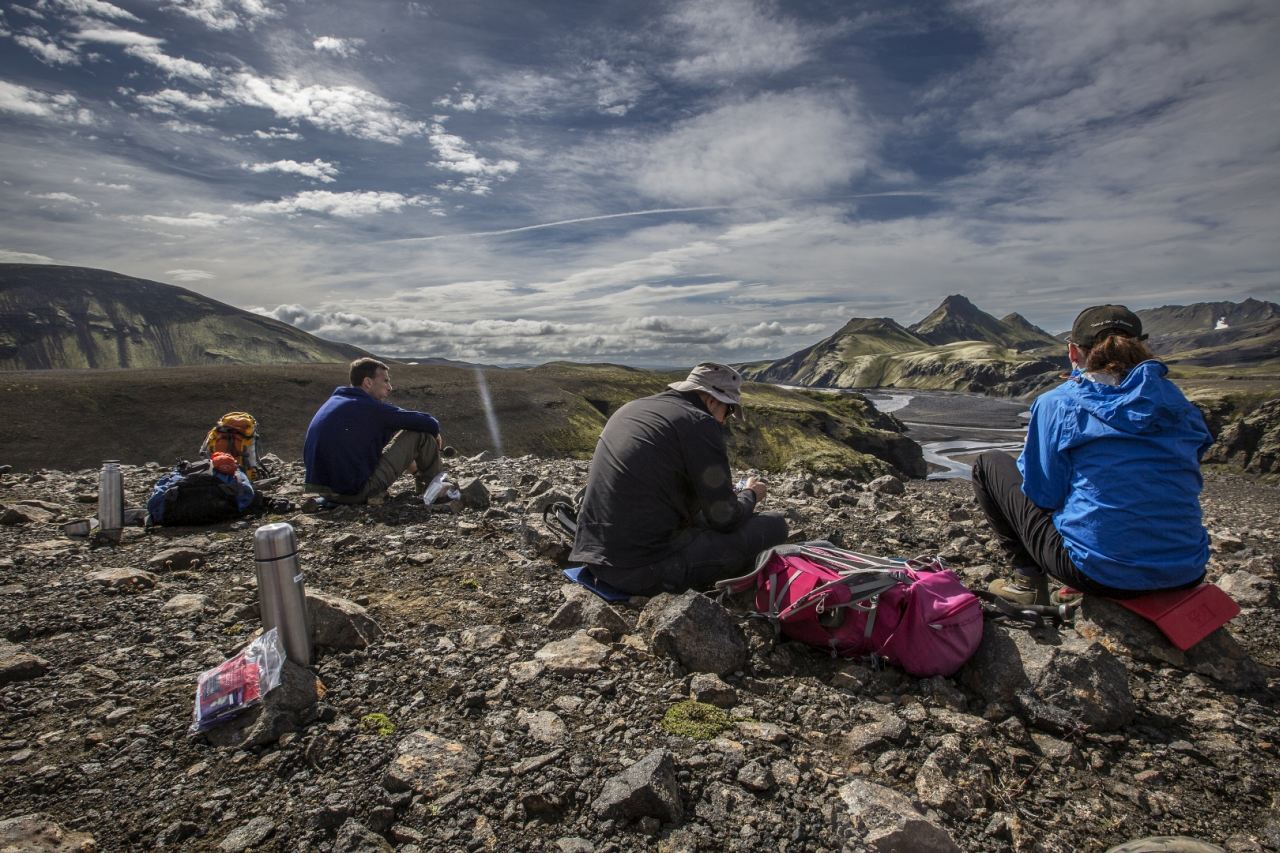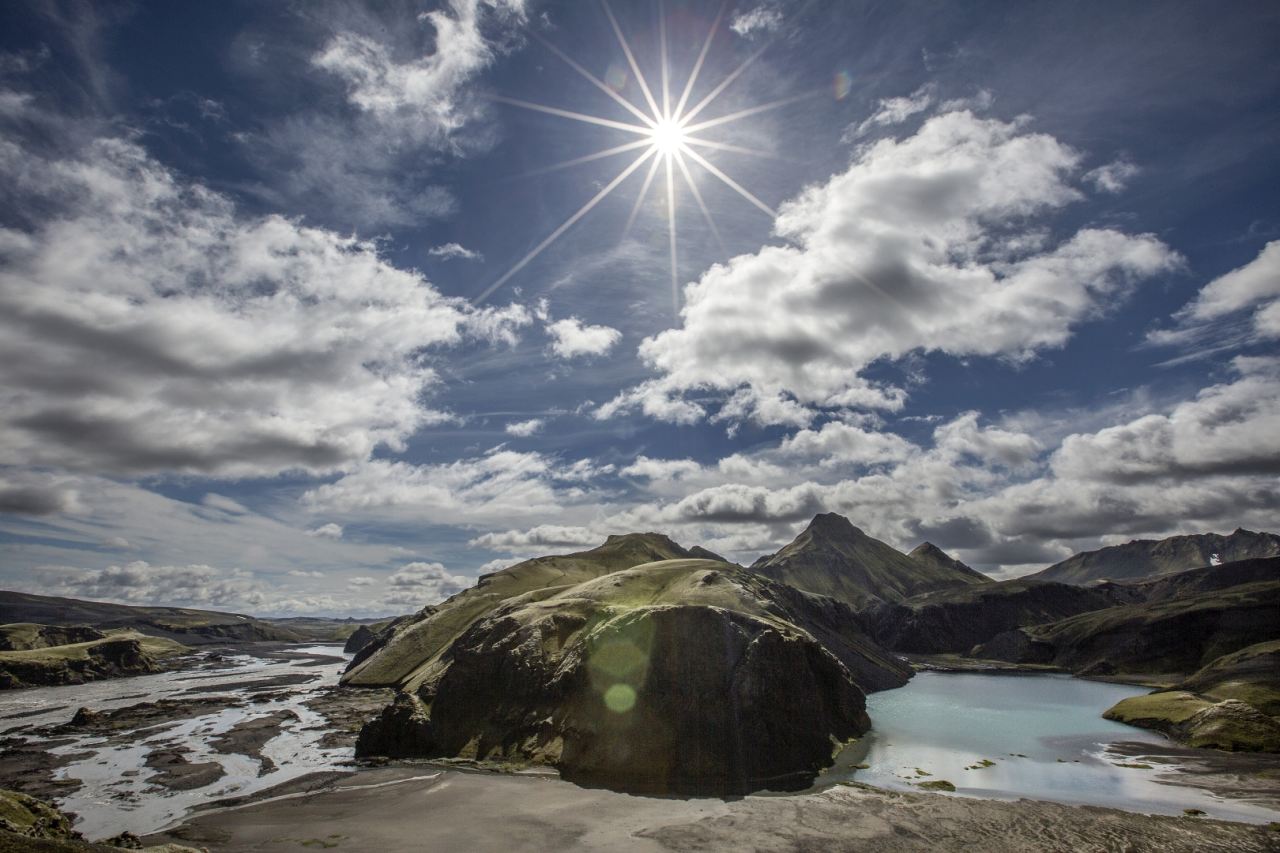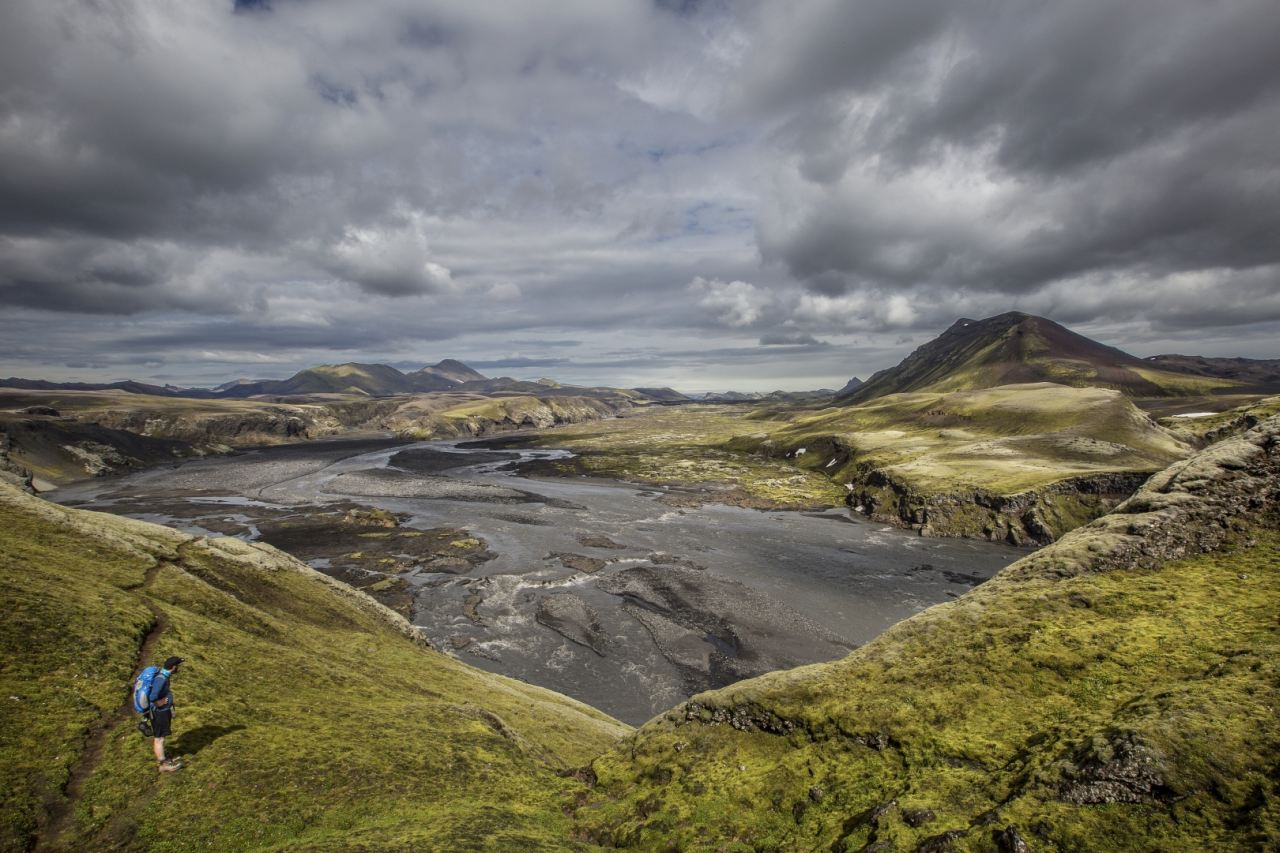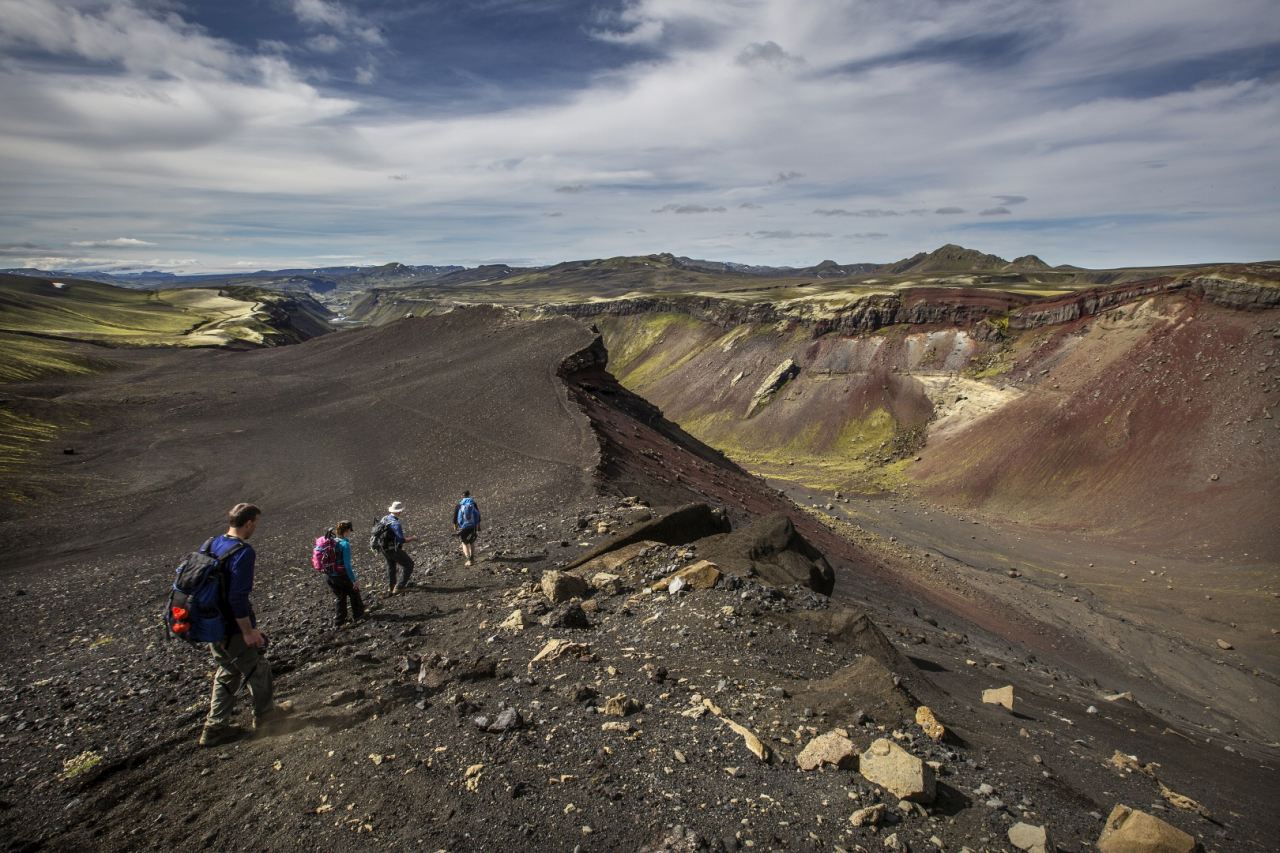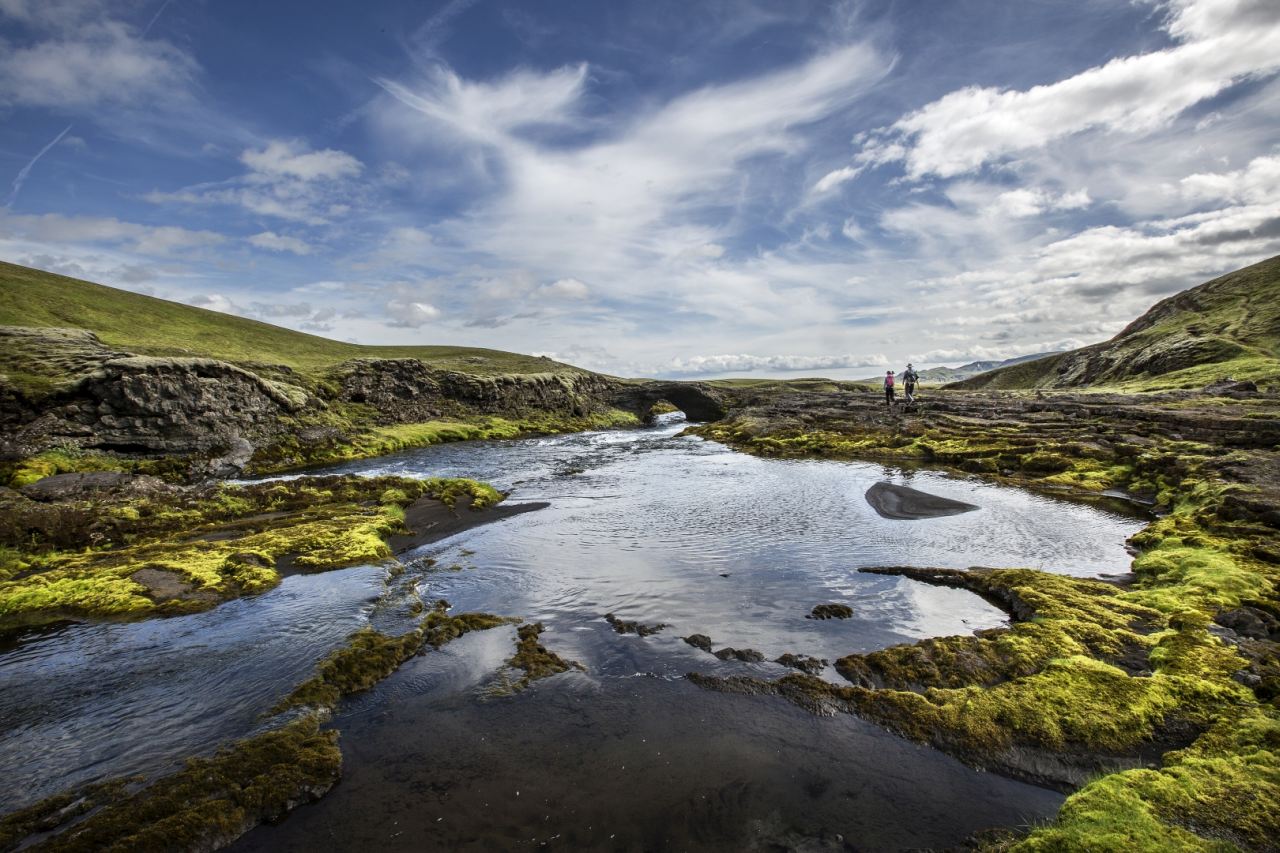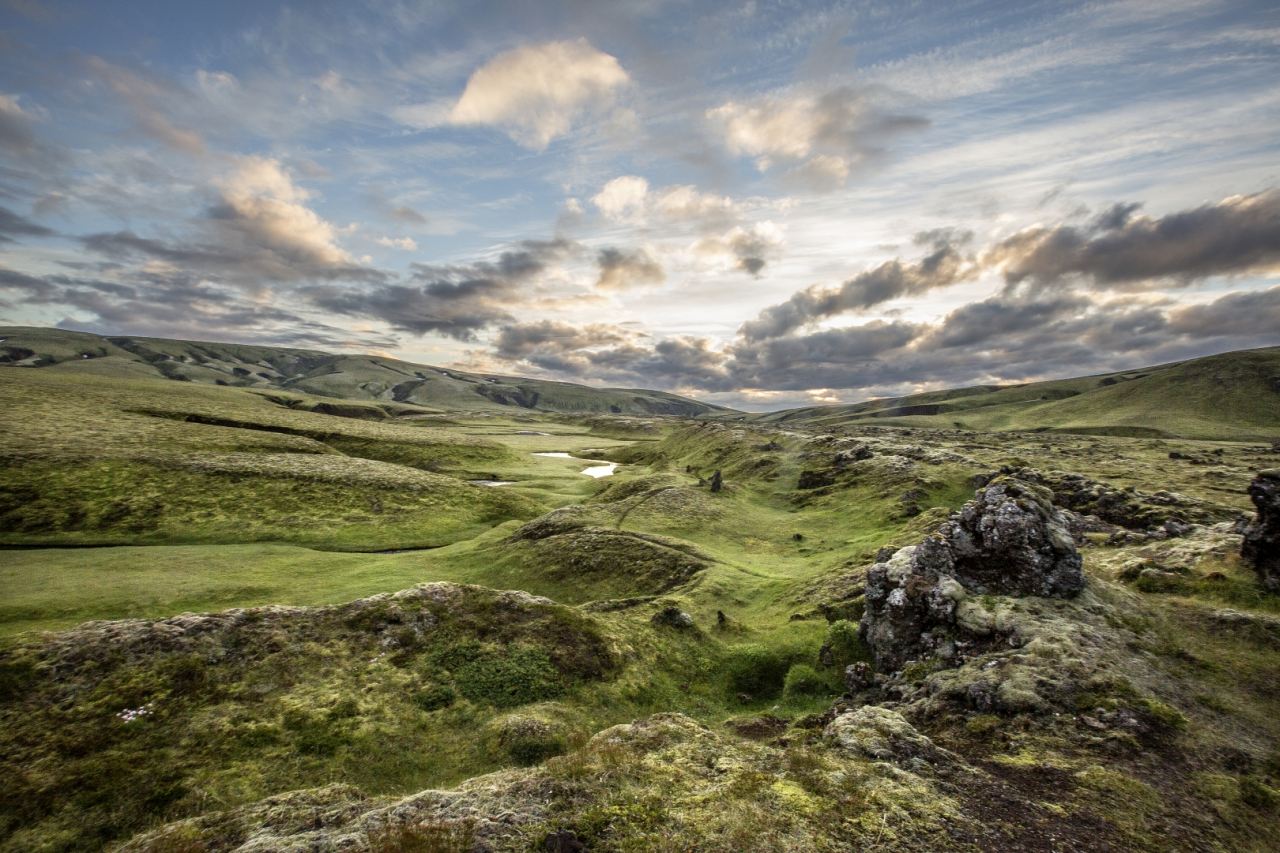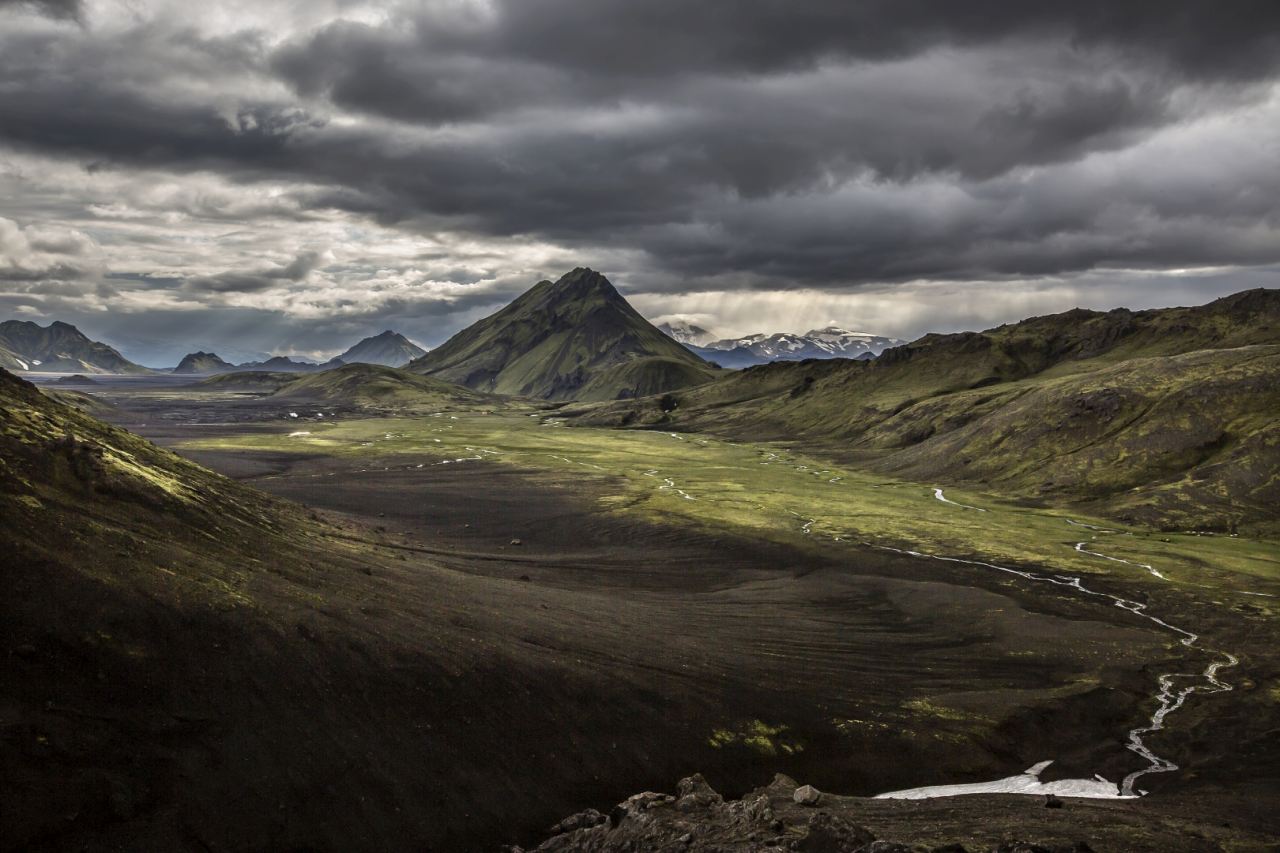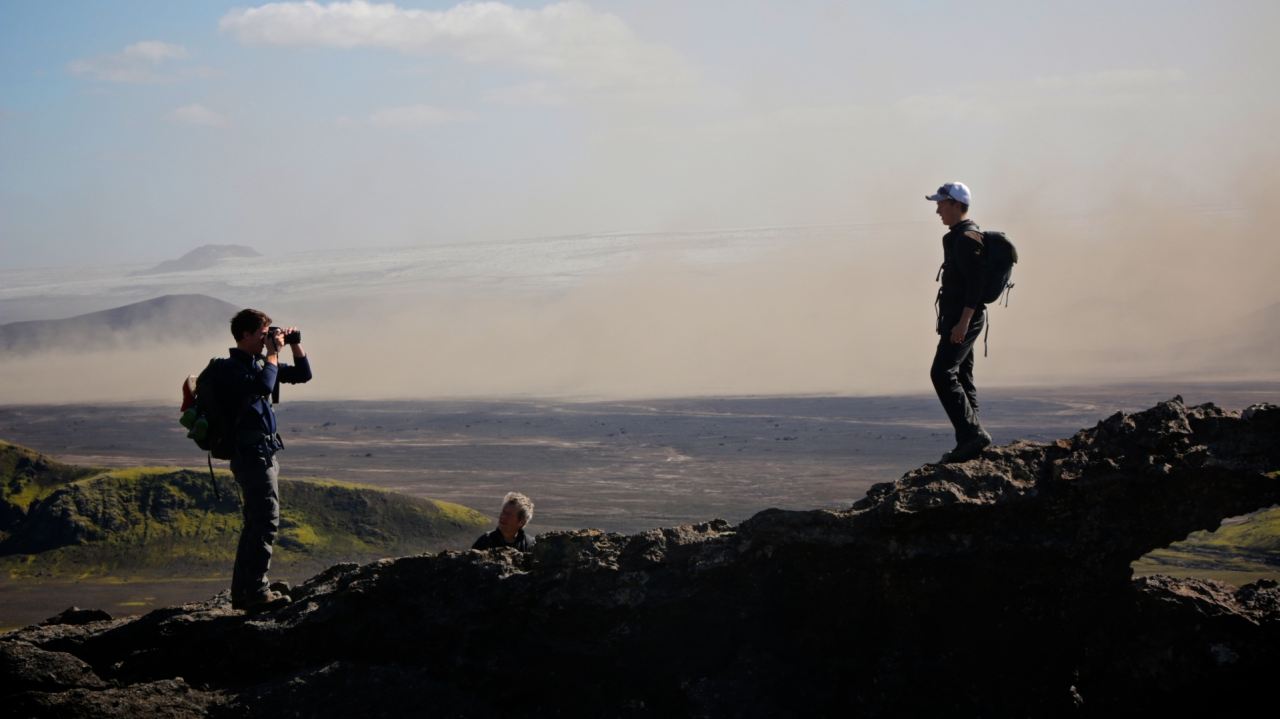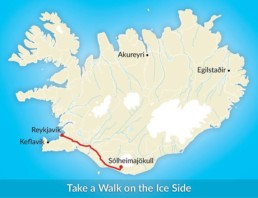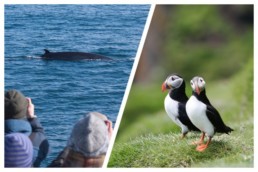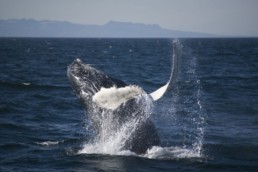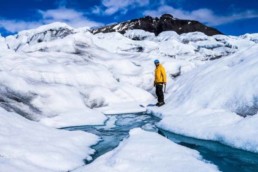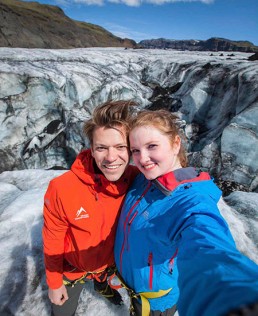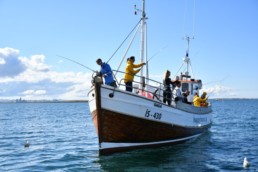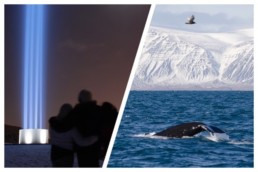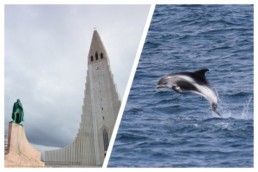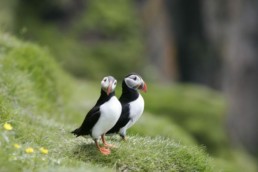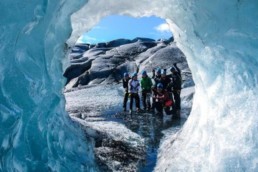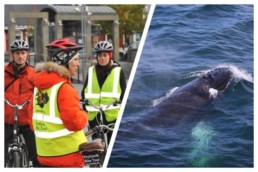D1: Reykjavík – Sveinstindur
Meeting point at 07:15 at BSI central bus terminal at Vatnsmýrarvegur 10. You meet your guide and get onto the bus that will take you into the magical southern highlands, partly on highland tracks. You arrive at the foot of Mt Sveinstindur, named after one of Iceland´s first explorers and naturalists Sveinn Pálsson. You climb to the summit of this peak that is located at the western end of the magical lake Langisjór offering superb views over the lake and the massif of Fögrufjöll on its southern shores. Descent to a traditional mountain hut on the other side of the mountain where you spend the first night. Rustic hut, outhouse and no showers
Distance: 6 km (4mi) Ascent/descent: 480 m
D2: Sveinstindur – Skaftá – Skælingar
Today we hike along the shores of the glacial river Skaftá, draining from the nearby Vatnajökull icecap. The trail leads to the small and impressive canyon of Hvanngil before reaching the spectacular Uxatindar peaks and their nearby canyons. The landscape is truly volcanic, black volcanic sands, and old lava fields along with different rock formations of the canyons allow for an impressive hike. Past the Uxatindar the landscape becomes more green and at the end of the day you arrive in the magical Skælingar area, an ancient lava forest close to the riverbed of Skaftá. Here a traditional mountain hut awaits for the night. Rustic hut, outhouse and no showers
Distance: 16 -18 km (10-11 mi) Ascent/descent:250 m Walking time: 6 – 8 hrs
D3: Skælingar – Gjátindur – Eldgjá – Hólaskjól
After packing up we start the day´s hike leading to the Canyon of Fire – Eldgjá. We climb the soft hills up to the peak of Gjátindur, located at the eastern end of the canyon. From the peak amazing views give us an idea of the immensity of the canyon that reaches far beyond to the Mýrdalsjökull glacier. A slow descent into the canyon and we have time to enjoy this remarkable place and its many wonders before concluding the day with a hike to huts at nearby Hólaskjól where we spend the night after having completed the first section of the Volcanic Trail. Comfortable hut, WC and showers available
Distance: 18 km (11mi) Ascent/descent: 350 m Walking time:6 – 8 hrs
D4: Hólaskjól – Landmannalaugar – Reykjavík
Today you return to Reykjavík on the scheduled bus, taking leave of your guide that will continue along the Volcanic Trails. The bus leaves Hólaskjól for the 2,5 hour drive to Landmannalaugar. At Landmannalaugar you have a 2 hours stop and can dip into the natural pool on the premises or simply admire the beauty of this amazing rhyolite area. The bus to Reykjavík leaves Landmannalaugar at 15:30 and arrives at the Reykjavík Bus Terminal at 19:35 where the tour ends.

